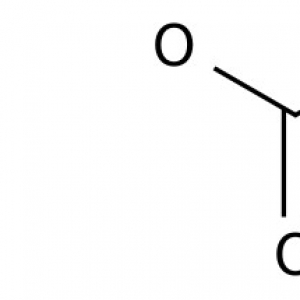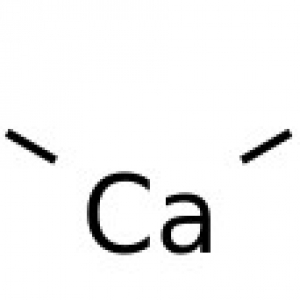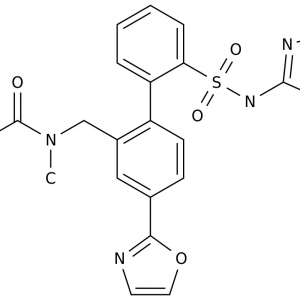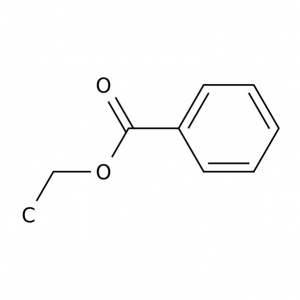What is ALD 52? Exploring This Powerful LSD Alternative
ALD 52 has been around for a long time. It was first invented in the late 1950s by Albert Hofmann — the same chemist responsible for discovering LSD and psilocybin. ALD 52 didn’t become popular until the late 1960s when a rumor started circulating within California that claimed a particularly strong batch of acid known as Orange Sunshine contained ALD 52 instead of LSD (this was later debunked).
What is ALD 52?
ALD 52 is a lysergamide psychedelic, a homolog of 1P-LSD. Just like 1P-LSD, ALD 52 is a prodrug for LSD-25 (lysergic acid diethylamide), which means it must be metabolized to LSD before it can produce any of its psychedelic effects.
The chemical name for ALD 52 is 1-acetyl-N,N-diethyllysergamide (shortened to 1-acetyl-LSD or 1A-LAD). The only difference between ALD 52 and 1P-LSD is the presence of an acetyl group rather than a propionyl group. It’s unclear how this subtle difference affects how these two molecules interact with the body. The effects of ALD 52, 1P-LSD, and LSD are virtually identical. ALD 52 and 1P-LSD are considered slightly weaker and have a slower come-up — which is likely the result of their need to be metabolized by the liver before they become active.
Most of the ALD 52 is converted to LSD within a few minutes of being absorbed, but some is converted to other compounds, such as N-demethyl ALD 52 and N6-demethyl ALD 52 (nor-ALD 52). This loss is likely what accounts for the slightly milder potency of ALD 52 compared to LSD (roughly 20% weaker when used at the same dose). It’s common for vendors to sell ALD 52 as LSD or other lysergamides.Fortunately, none of the known lysergamides are toxic, and all carry very similar effects profiles. Nevertheless, it’s wise to test your ALD 52 tabs before taking them to make sure you know exactly what you’re using. Other common lysergamides related to ALD 52 include LSZ, AL-LAD, PRO-LAD, ETH-LAD, 1P-ETH-LAD, 1cP-LSD, 1B-LSD, 1V-LSD, LSA, and more.
What’s the Dose of ALD 52?
The dose of ALD 52 is roughly identical to that of LSD or other lysergamide psychedelics. The usual range is around 20 mcg for a microdose, up to 200 mcg for a heroic or large dose.
The most common psychoactive dose (the dose found on one tab of ALD 52) is 80 mcg. If using ALD 52 for the first time, it’s wise to stick to just one tab at a time and to remain patient, even if it feels like it’s taking a long time to kick in. Problems are much more likely to arise when people become impatient, and double-up on the dose — only to have both tabs kick in shortly after, resulting in an uncomfortable and overwhelming experience.
ALD 52 has been around for a long time. It was first invented in the late 1950s by Albert Hofmann — the same chemist responsible for discovering LSD and psilocybin. ALD 52 didn’t become popular until the late 1960s when a rumor started circulating within California that claimed a particularly strong batch of acid known as Orange Sunshine contained ALD 52 instead of LSD (this was later debunked).
What is ALD 52?
ALD 52 is a lysergamide psychedelic, a homolog of 1P-LSD. Just like 1P-LSD, ALD 52 is a prodrug for LSD-25 (lysergic acid diethylamide), which means it must be metabolized to LSD before it can produce any of its psychedelic effects.
The chemical name for ALD 52 is 1-acetyl-N,N-diethyllysergamide (shortened to 1-acetyl-LSD or 1A-LAD). The only difference between ALD 52 and 1P-LSD is the presence of an acetyl group rather than a propionyl group. It’s unclear how this subtle difference affects how these two molecules interact with the body. The effects of ALD 52, 1P-LSD, and LSD are virtually identical. ALD 52 and 1P-LSD are considered slightly weaker and have a slower come-up — which is likely the result of their need to be metabolized by the liver before they become active.
Most of the ALD 52 is converted to LSD within a few minutes of being absorbed, but some is converted to other compounds, such as N-demethyl ALD 52 and N6-demethyl ALD 52 (nor-ALD 52). This loss is likely what accounts for the slightly milder potency of ALD 52 compared to LSD (roughly 20% weaker when used at the same dose). It’s common for vendors to sell ALD 52 as LSD or other lysergamides.Fortunately, none of the known lysergamides are toxic, and all carry very similar effects profiles. Nevertheless, it’s wise to test your ALD 52 tabs before taking them to make sure you know exactly what you’re using. Other common lysergamides related to ALD 52 include LSZ, AL-LAD, PRO-LAD, ETH-LAD, 1P-ETH-LAD, 1cP-LSD, 1B-LSD, 1V-LSD, LSA, and more.
What’s the Dose of ALD 52?
The dose of ALD 52 is roughly identical to that of LSD or other lysergamide psychedelics. The usual range is around 20 mcg for a microdose, up to 200 mcg for a heroic or large dose.
The most common psychoactive dose (the dose found on one tab of ALD 52) is 80 mcg. If using ALD 52 for the first time, it’s wise to stick to just one tab at a time and to remain patient, even if it feels like it’s taking a long time to kick in. Problems are much more likely to arise when people become impatient, and double-up on the dose — only to have both tabs kick in shortly after, resulting in an uncomfortable and overwhelming experience.






